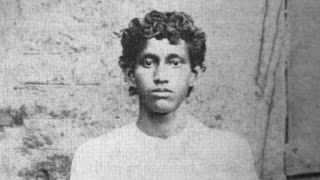United Nations Educational, Scientific and Cultural Organization (UNESCO) has added Kolkata's Durga Puja to its 'Representative List of Intangible Cultural Heritage of Humanity.'
The decision was taken during the sixteenth session of the of the Intergovernmental Committee for the Safeguarding of the Intangible Cultural Heritage, chaired by Punchi Nilame Meegaswatte, Secretary General of the Sri Lanka National Commission for UNESCO.
Durga Puja is an annual festival marks the ten-day worship of the Hindu mother-goddess Durga. In West Bengal Bengal the festival is celebrated in honour of Goddess Durga’s killing of demon Mahishasur and is called the Durga Puja. Huge pandals are set-up housing the idols of Goddess Durga and her four children - Lakshmi, Saraswati, Ganesha and Kartikeya.
India now has 14 intangible cultural heritage elements on the UNESCO list. Other Indian entries that were previously inscribed include Ramlila (2008), Yoga (2016) and Kumbh Mela (2017).
In 2017, the Kumbh Mela was accorded this recognition. Yoga was added to the UNESCO Intangible Cultural Heritage list in 2016, traditional brass and copper craft of Punjab in 2014, Manipur's Sankirtana ritual singing in 2013 and the dance forms of Chhau, Kalbelia and Mudiyettu in 2010.
The preparations for Durga Puja start well in advance but things really hot up when the idols of Goddess Durga and her four children - Lakshmi, Saraswati, Ganesha and Kartikeya finally arrives and are installed in the pandals.
The worship of Goddess Durga starts on the inaugural day of Mahalaya. The next ten days are marked by prayers, dancing, merrymaking, ethnic clothing and meeting the neighbours. The Vijayadasmi day marks the end of the puja festivities. The beautifully decorated deities being carried in splendid processions with attractive backdrops, and the frenzied processions dancing to the beat of drums and music are a treat to watch.








